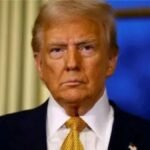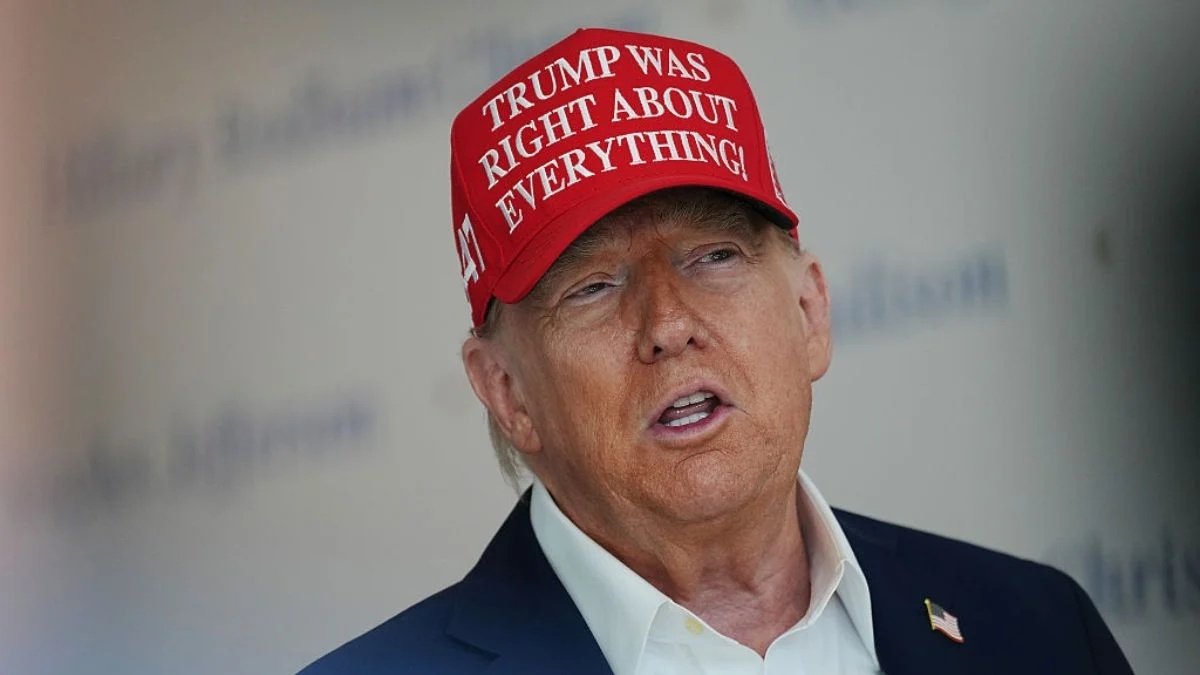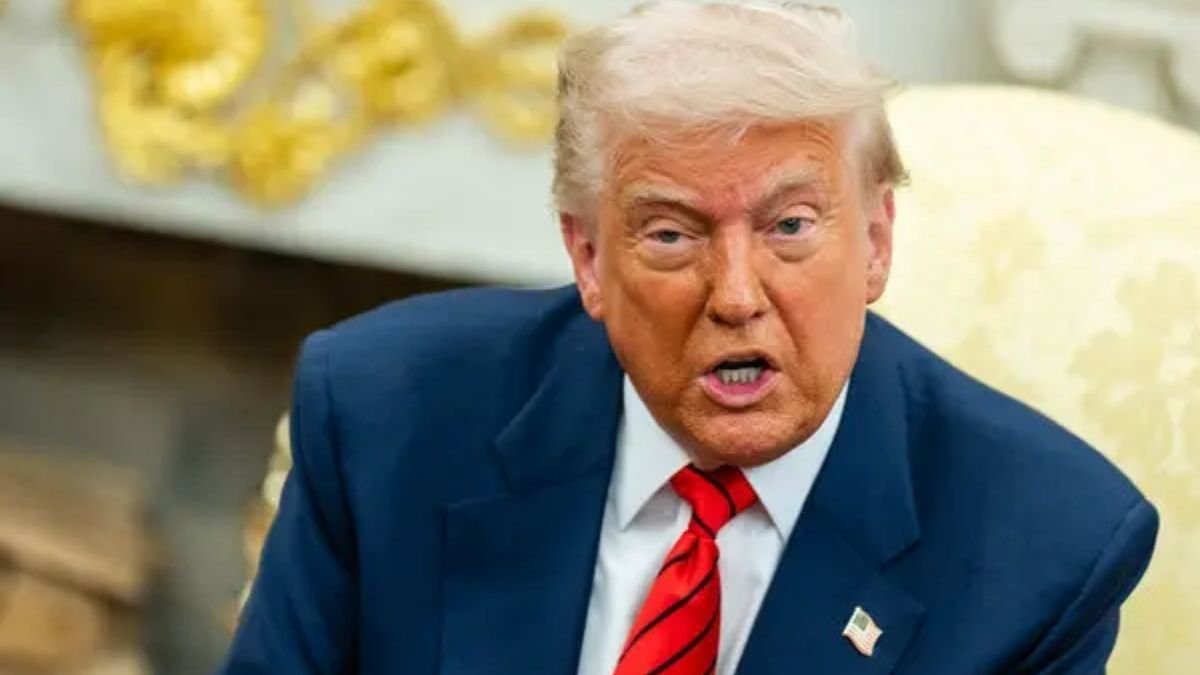Washington, D.C. – On August 16, hundreds of protesters gathered in Washington, D.C., marching from Dupont Circle to the White House. They chanted “Trump Must Go” and “Free D.C.” in response to President Trump’s executive order to federalize local policing.
The protests were organized by the “Free DC” movement. Demonstrators opposed what they called an overreach of federal authority. They marched near Lafayette Square while D.C. police and National Park Service officers observed from a distance. No arrests were reported.
The demonstrations followed Trump’s August 11 executive order declaring a “crime emergency” in D.C. National Guard troops from West Virginia, South Carolina, and Ohio were deployed to patrol landmarks including the National Mall. Protesters demanded the end of the “hostile takeover” of the Metropolitan Police Department.
Mason Weber, a Maryland resident, told NPR the deployment was “a serious ethical and legal breach,” citing the lack of checks and balances. Catherine Ernst, a seven-year D.C. resident, said she was disappointed by turnout but urged continued resistance, calling it “better than lying down and letting it happen.”
Sam Goldman, a key organizer from Refuse Fascism, called for further protests. He stated, “We have to wake up all the decent people in this country,” urging more citizens to oppose what they see as authoritarian measures by the administration.
MAGA supporters responded with harsh criticism on social media. Fox News host Laura Ingraham described the protests as “pathetic, pointless, and paid-for,” implying the demonstrations were orchestrated for show rather than genuine concern.
Laura Loomer went further, labeling protesters “deranged anti-Trump, pro-Hamas” and claimed they “hate America.” She linked the D.C. protests to pro-Hamas rallies in New York, accusing the left of supporting crime and foreign terrorism, although no evidence was provided.
White House spokesperson Abigail Jackson mocked the demonstrators, stating, “All the DC liberals berating law enforcement are only humiliating themselves. Seriously, seek help.” This reflects a broader narrative from MAGA figures framing opposition as unpatriotic or externally funded.
Liberal voices amplified the protests online. Commentator Harry Sisson posted on X, “Huge protest in front of the White House with people chanting ‘Trump must go!’ More and more people are turning on Trump.” Organizers like 50501 plan further protests through November 2025.
The August 16 march followed a blocked attempt by Trump to appoint DEA Administrator Terry Cole as an “emergency police commissioner.” A federal lawsuit filed by D.C. Attorney General Brian Schwalb prevented the move. Critics argue Trump’s crime narrative exaggerates dangers, with resident John Smith noting, “I’m a little old white man and I walk around safely all the time.”
[inline_related_posts title=”RECOMMENDED” title_align=”left” style=”list” number=”2″ align=”none” ids=”” by=”categories” orderby=”rand” order=”DESC” hide_thumb=”no” thumb_right=”no” views=”no” date=”yes” grid_columns=”2″ post_type=”” tax=””]
The D.C. protests reflect growing tensions over Trump’s second term policies. From federal policing to controversies like the Ghislaine Maxwell transfer, the demonstrations highlight conflicts between local autonomy and federal authority. Nationwide anti-Trump protests in New York and San Francisco show similar public resistance to mass deportations and workforce cuts.
As the midterms approach, these protests signal a widening divide in public opinion. Both Trump supporters and opponents are vocal, with online discourse reflecting intense partisan disagreement. Political analysts warn these tensions could influence voter turnout and campaign strategies nationwide.















